We’re excited to introduce you to the always interesting and insightful Maddie Casagranda. We hope you’ll enjoy our conversation with Maddie below.
Alright, Maddie thanks for taking the time to share your stories and insights with us today. We’d love to hear about a project that you’ve worked on that’s meant a lot to you.
This year I had the opportunity to collaborate with my dad on a really meaningful project. I had been playing around with the idea of using the embroidery hoop as a frame for my work, and asked my dad what he thought about the possibility of bending wood to make very large hoops. He was enthusiastic that it could work and excited to try it out. I was thrilled that he was willing to help me and support my concept. Over the course of a few months and after some trial and error, he ended up building 20 large embroidery hoops in various sizes. I was able to show some of these in my recent MFA thesis work at the Blaffer Art Museum and am continuing to explore using them in my artistic practice.
Using the embroidery hoop as a very large frame on the wall rather than a tool implicates the work and its history as Art, and questions when art work and care work is deemed finished or enough. In my practice, I am thinking about what it means for care centered mediums to be taken from the landscape of the domestic space and re-housed into the art gallery and art conversation; the broader implications of bringing domestic crafts into art spaces. How are domestic forms & gestures—traditionally seen as craft or “women’s work”— involved in and part of the fine art world? I join the conversation around blurring the line between what is considered “craft” and what is labeled “fine art.” By placing traditionally feminine mediums into high art contexts, I am asserting their value and disrupting the historical marginalization of women’s assumed roles. Seeing care work and artwork as aligned helps dismantle the separation between domestic life and mediums traditionally seen as “domestic” from the realm of “high art.”

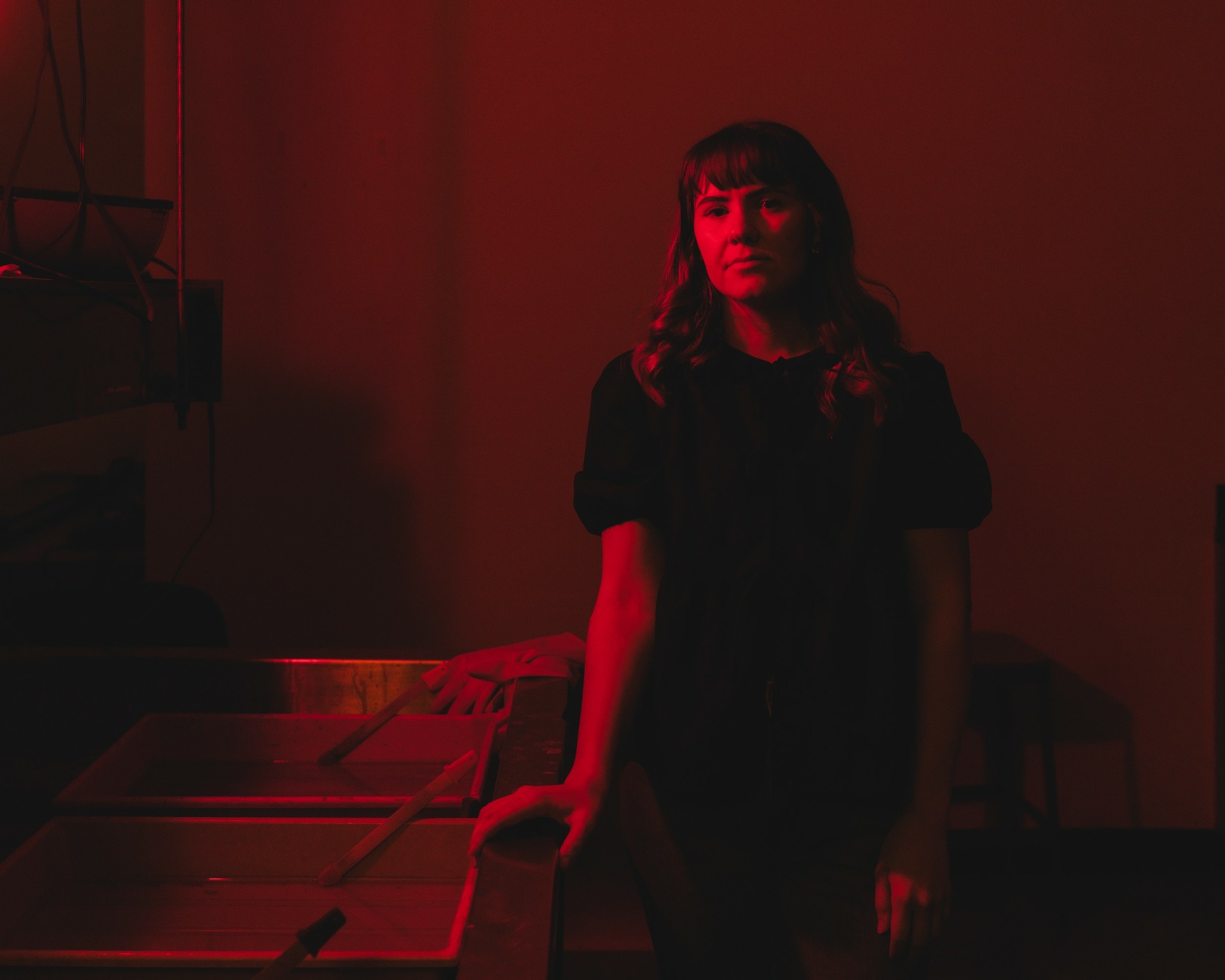
Awesome – so before we get into the rest of our questions, can you briefly introduce yourself to our readers.
My name is Maddie Casagranda and I am an interdisciplinary artist based in Houston, TX. I work primarily with analog & alternative photographic processes, performance art and fibers. My current work explores representations of generational care and the physicality of motherhood. Working across the mediums of analog and alternative photographic processes, video, installation and textiles, I use formal elements, repetition and the grid to draw connections between the significance and history of these mediums in order to both honour and critique the roles and acts of care we perform as women. I create collections of studies that center around the devaluation of care work, reciprocal relationships of comfort and care, the systemic erosion of communal support, the interior landscape of the domestic space and unseen gestures of labor. Born from a desire to convey the all consuming nature of familiarly mundane gestures, my practice is about tensions that exist within gendered roles. My work has been exhibited across the country and internationally, including at The Houston Center for Contemporary Craft, The Blaffer Art Museum, Elgin St. Studios, PH21 Gallery, PRPG.mx, The Springville Museum of Art, The Southeast Center for Photography, and The Praxis Gallery.
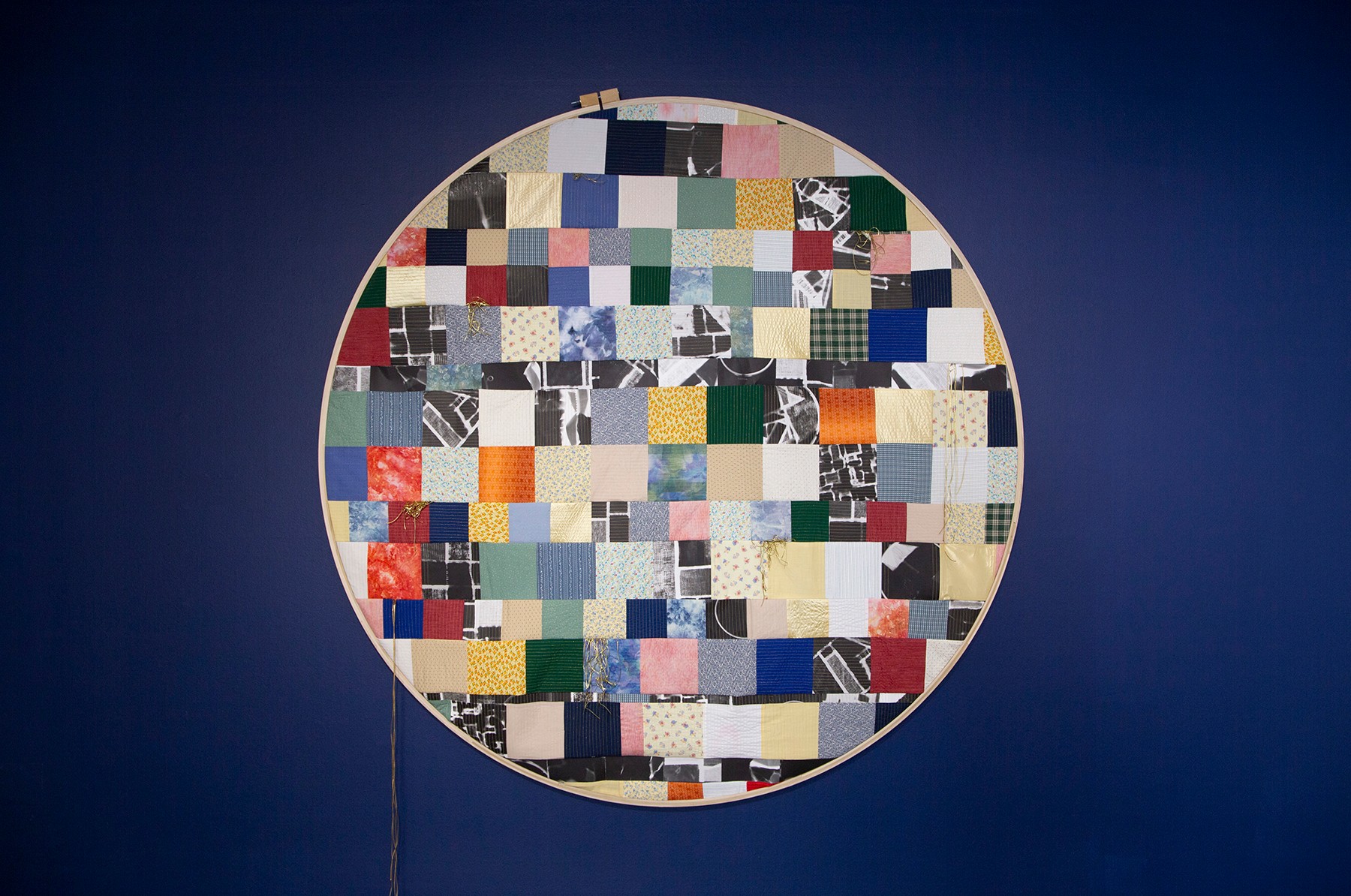
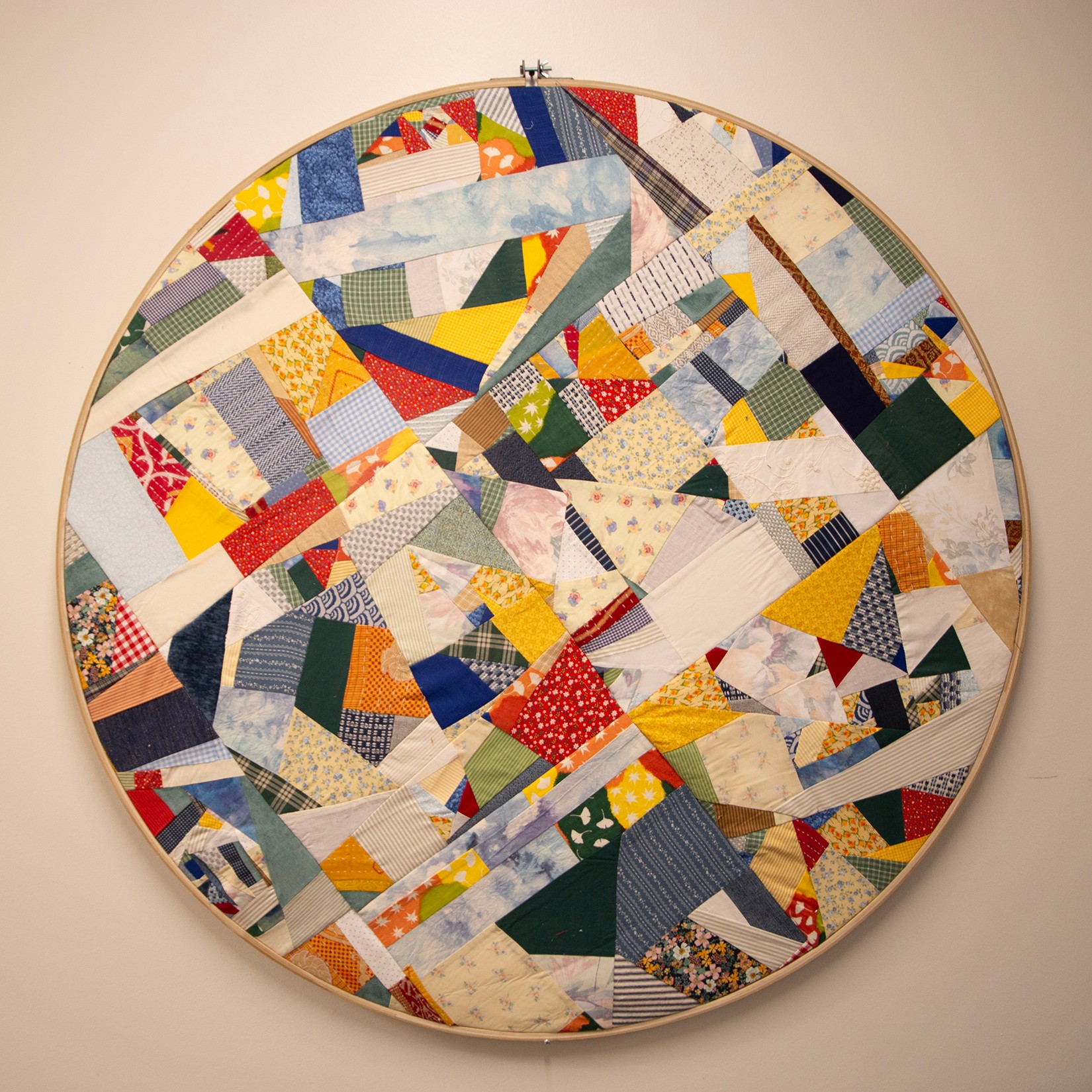
What can society do to ensure an environment that’s helpful to artists and creatives?
Especially with regard to women and artist parents, there’s a systemic erosion of communal support, where capitalism has replaced the village and we are left isolated in a competitive landscape. The art world is lacking community support in favor of a culture of competition. Too often we have a scarcity mindset when it comes to opportunities and we believe that helping or collaborating with someone else may hinder our career. We need to believe and manifest that there’s enough room for everyone to take up space. Instead of gatekeeping information and resources, we should be sharing and lifting each other as much as we can. When women lift women, we all rise.
Also, collegiate institutions need to have more support available for artist parents. Hettie Judah, in her book How Not to Exclude Artist Mothers (and other parents), advocates that “any college promoting postgraduate study needs to prepare itself for the presence of mothers within its student body”. I’ve experienced firsthand the needs that come with being a mother and a student. Care needs to become a bigger, more valued part of the systems that artists, parents and students encounter.
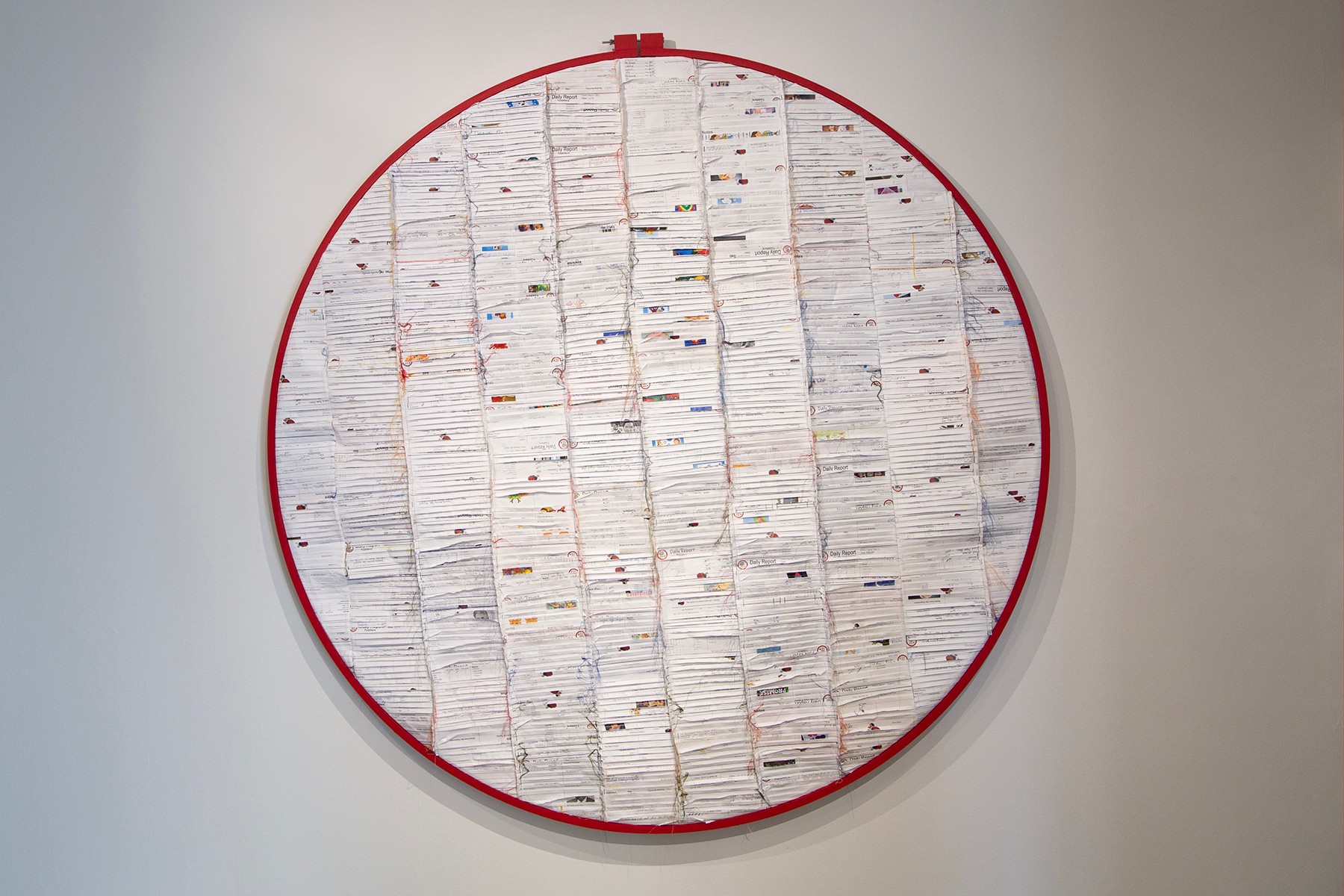
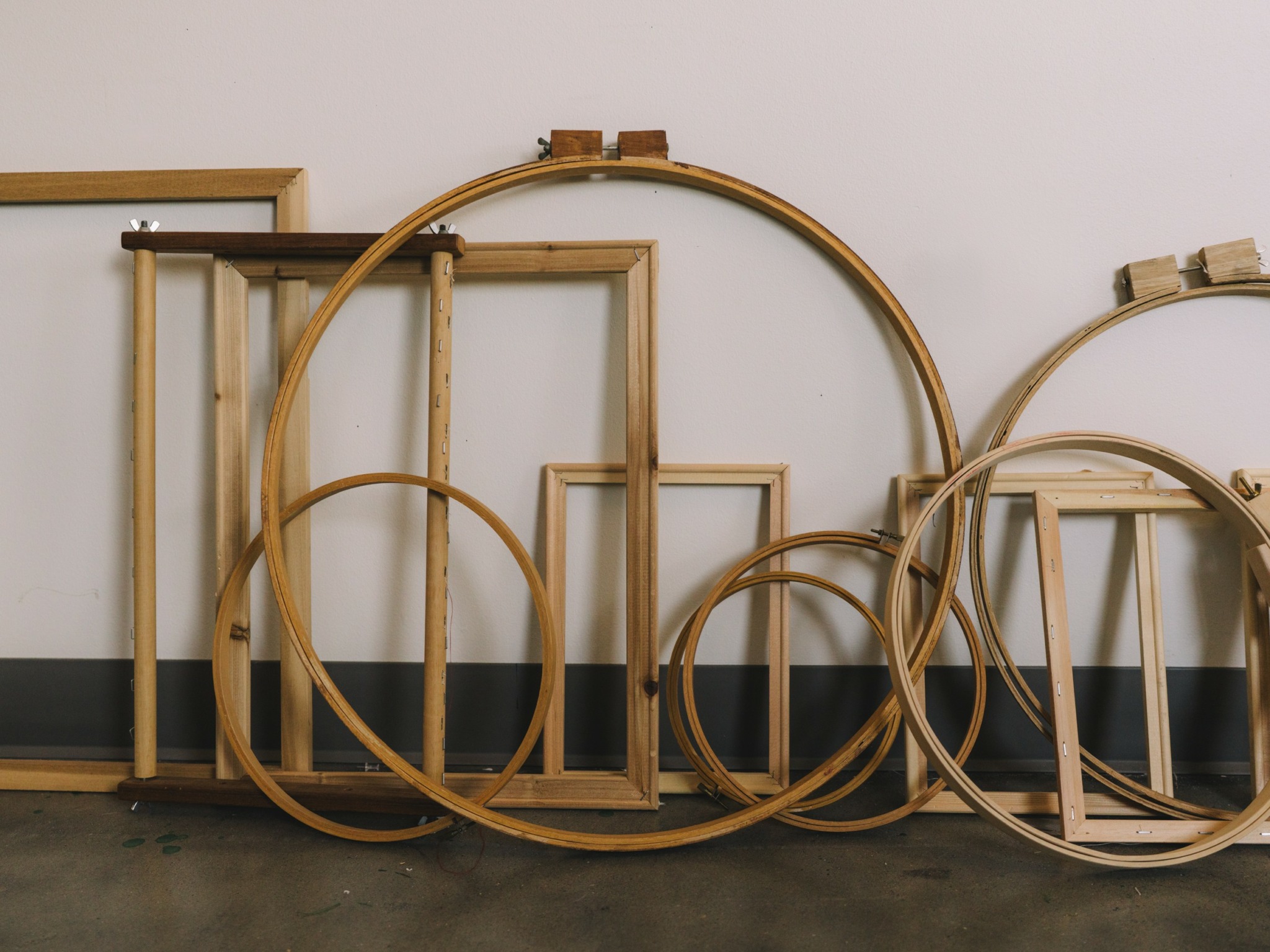
What do you find most rewarding about being a creative?
The more I learn about myself as an artist and a person, the more I realize that it’s in the vulnerability of the making process that I am the most effective and the result of which I find to be the most rewarding part of being an artist.. Attempting to plan excessively beforehand is sometimes terrifying and debilitating for me. Starting is the hardest part, so I just try to do it even though it’s uncomfortable. From there, it’s easier to begin some momentum and follow that energy a little bit at a time. Everyone’s brain works differently, but in the season I live in now, the work thrives best and works itself out in the trial and error of making. It’s okay–healthy, even– for you to exist in that place with your art for a while. David Bayles, in his book Art & Fear, said that “Uncertainty is the essential, inevitable and all-pervasive companion to your desire to make art. And tolerance for uncertainty is the prerequisite to succeeding”.
Contact Info:
- Website: https://www.maddiecasagranda.com
- Instagram: https://www.instagram.com/maddiecasagranda/

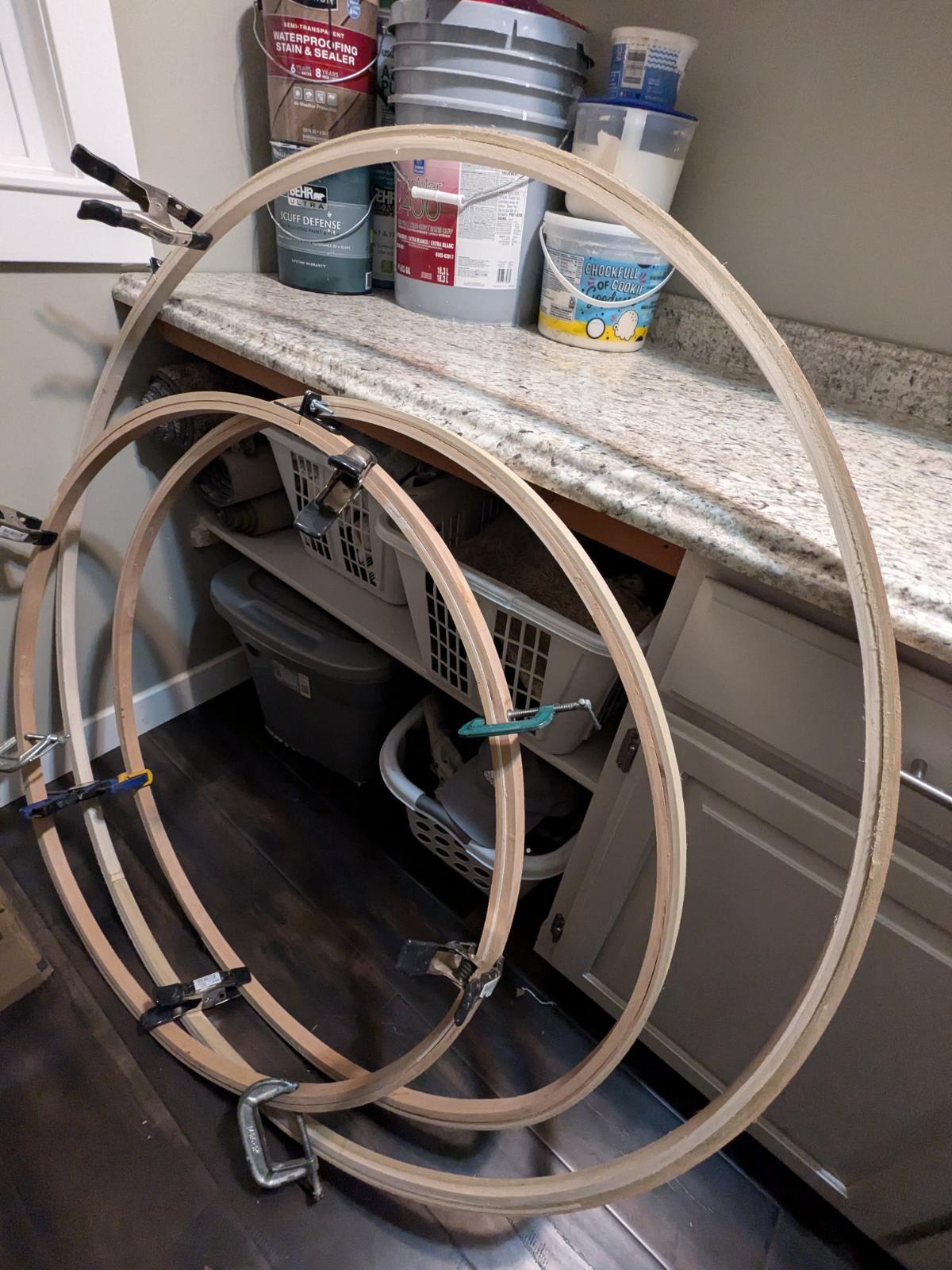
Image Credits
Joseph Bui


